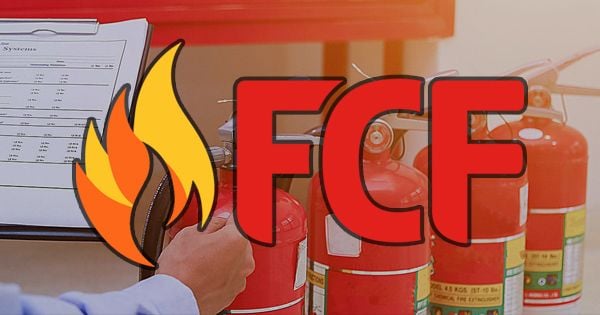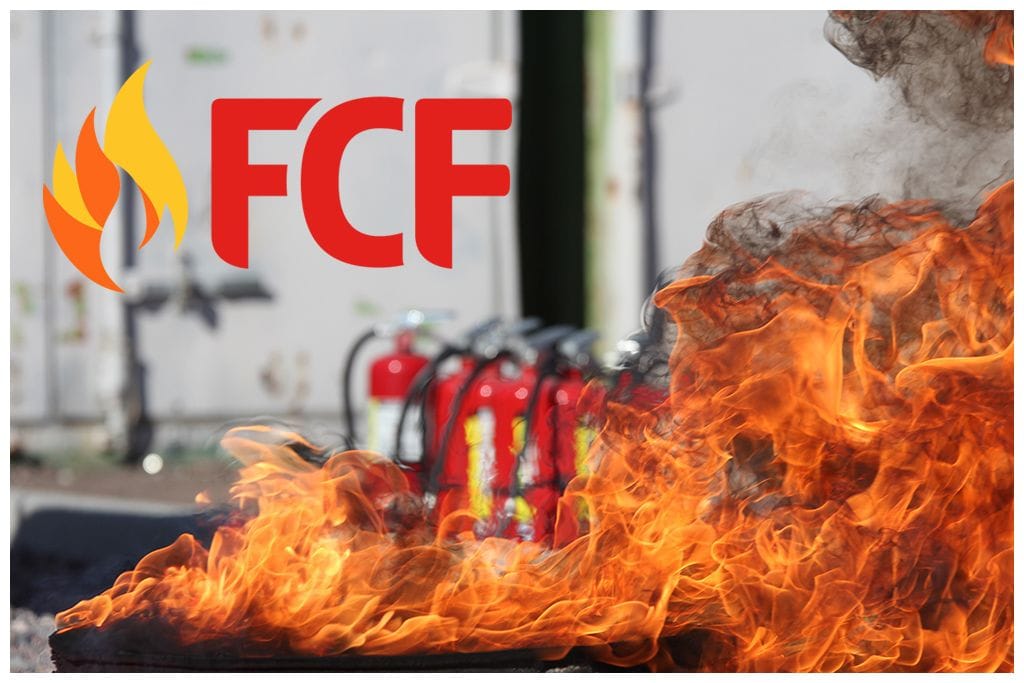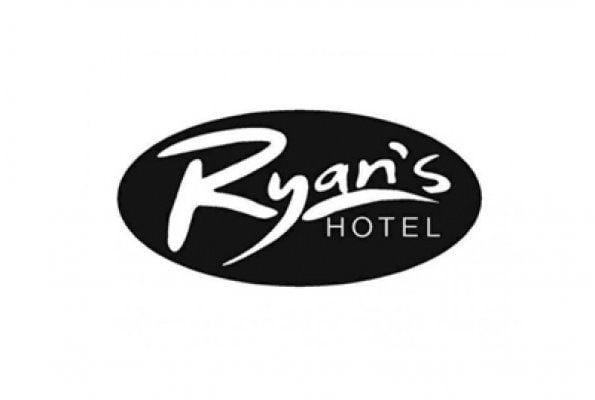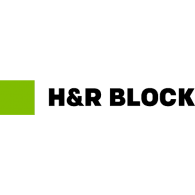Fire Extinguishing Methods and Approach
)
Did you know that fires frequently break out in workplaces? Although most are immediately controlled, there is a small percentage that results in fatalities. The key to keeping these figures low is ensuring that staff and employees are knowledgeable on effective fire safety measures. For instance, your employees must know the methods of extinguishing fires.
There are different methods of putting out a fire. To better understand these methods, it is best that you are familiar with the three elements that make up the fire triangle: heat, fuel, and oxygen. Fire needs these three elements to ignite. In essence, fire is a chemical reaction. If one or more of these three elements is removed, combustion can be controlled.
To ignite a fire, heat is needed. Heat is produced continuously as the fire burns. An example is striking a match. However, in accidents, the ignition may occur when machineries overheat because of an obstruction in the ventilation. Flammable or combustible materials near heaters or any source of heat can also cause fire to ignite accidentally.

Anything that is combustible is considered as fuel. Wood, paper, petroleum, textiles, gases --- the list goes on. Almost everything in the workplace can become fuel to a developing fire. Solid fuels take more time to combust as it must reach a critical temperature to ignite. A lot of liquids release highly flammable vapors even in cold temperatures. The most critical and hazardous fuel are the gases; they are in a temperamental state and can combust instantly.
Fire only needs 16% of oxygen in order to react with heat and fuel. Normally, the level of oxygen in the atmosphere is 20% at low or normal altitudes.
So, how do you effectively extinguish fires? The principle of extinguishing fire says that removing one or more of the three elements can put out a fire. There are three different approaches on doing so.
Cooling
One of the most effective approaches in fire extinction is removing the heat. Thus, cooling with water is one of the most popular methods. The heat generated by the fire is absorbed by the water. This remains effective as long as the water can still absorb the heat.
However, it is important to know that water should never be used in fires involving electricity, cooking oils/fat, grease and other flammable liquids.
Starving
Starving the fire from its fuel source is a different approach. When fire runs out of flammable materials, it will eventually burn out itself. For example, a bonfire in the open when it is not in contact with any other wood or dry grass will ultimately lose its blaze. In a gas fire, it will immediately extinguish if the gas supply is cut off. The same method is applied to your gas stove or bunsen burner.
Smothering
The third approach involves the last element in the triangle, oxygen. Smothering is a technique where oxygen is removed from the equation. An example of this is using a fire blanket in a frying pan blaze to reduce the oxygen level below 16%. Covering a candle with a glass is also an example. The fire burns out all the oxygen inside the glass creating a vacuum.
This approach is commonly applied to solid fuel fires. However, some materials may contain enough oxygen within their own chemical makeup to continue burning.
These are the three methods of extinguishing fires. The same principle is used in the design of fire extinguishers, such as dry powder fire extinguisher, carbon dioxide extinguisher and others. It is important that you install adequate fire extinguishers that suit your business to comply with Australian Standards AS 1851 and AS 2444.
Fire Extinguishing Methods and Approaches:
P.A.S.S. Technique:
The P.A.S.S. acronym stands for Pull, Aim, Squeeze, and Sweep, representing the steps to properly use a fire extinguisher.
- Pull: Start by pulling the safety pin on the extinguisher.
- Aim: Direct the nozzle or hose at the base of the fire where the fuel source is burning.
- Squeeze: Squeeze the handle to release the extinguishing agent.
- Sweep: In a sweeping motion, move the nozzle or hose from side to side to cover the entire fire area.
Remember to maintain a safe distance from the fire and position yourself so that you can quickly escape if the fire intensifies.
Cooling Method (Class A Fires):
When dealing with Class A fires (involving ordinary combustibles), the primary goal is to remove heat from the fire triangle. Use water or a water-based fire extinguisher to cool the flames and reduce the fire's temperature. Aim the extinguishing agent at the base of the fire and continue until the flames are extinguished.
Smothering Method (Class B Fires):
For Class B fires (involving flammable liquids and gases), the key is to smother the fire to prevent the release of flammable vapors. Foam fire extinguishers and dry chemical extinguishers work well for this purpose. Apply the extinguishing agent to cover the surface of the liquid, creating a barrier between the fuel and the oxygen.
Electrical Fire Approach (Class C Fires):
When tackling Class C fires involving electrical equipment, it's crucial to use non-conductive agents to avoid electric shock. Carbon dioxide (CO2) extinguishers are ideal for this purpose. The CO2 displaces oxygen and suffocates the fire without leaving a residue.
Metal Fire Extinguishing (Class D Fires):
Fires involving combustible metals, such as magnesium or titanium, are rare but require special attention. Class D dry powder extinguishers are designed to interrupt the chemical reaction in these fires, forming a crust over the flames to cut off their oxygen supply.
Cooking Oil and Fat Fires (Class K Fires):
Class K fires, commonly found in commercial kitchens, involve cooking oils and fats. Wet chemical fire extinguishers are specifically designed for these fires. The extinguishing agent reacts with the cooking oil to form a soap-like solution, effectively extinguishing the fire and preventing reignition.
Safety Precautions:
- Always prioritize personal safety and evacuate if the fire is beyond your control.
- Ensure that you have a clear escape route in case the fire escalates.
- Call emergency services as soon as possible, even if you think you've extinguished the fire.

To know more about fire extinguishing, visit our Fire Training website and discover our range of courses including VR Fire Training. We also offer a wide range of fire protection services including supply, installation and maintenance. Contact us today and get a free quote from us.
) Author:Jacob Foster
Author:Jacob Foster
)
)
)
)
)
)
)
)
)
)
)
)
)
)
)
)
)
)
)
)
)
)
)
)
)
)
)
)






